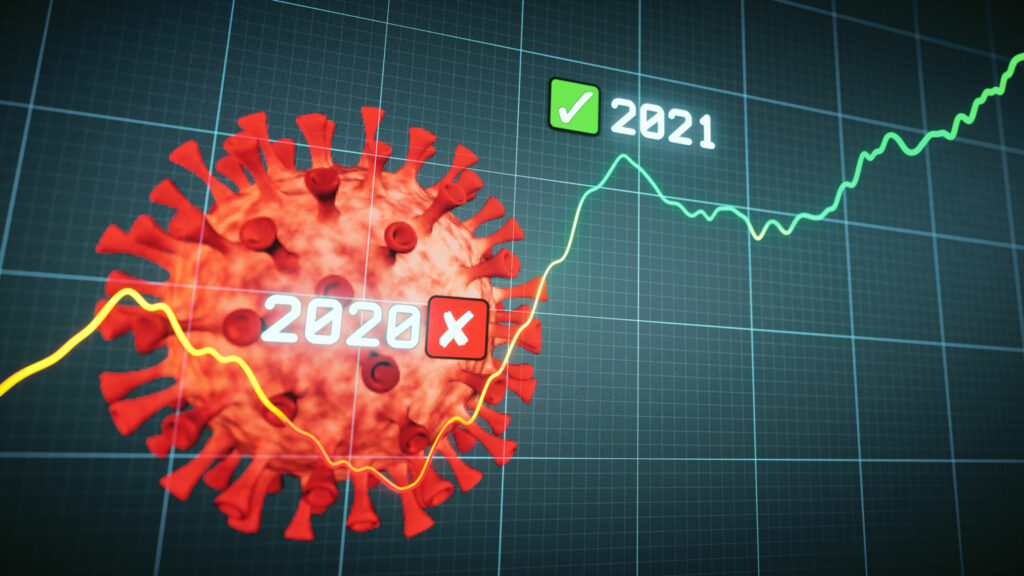Trucking costs per mile dropped in 2020: ATRI
Covid-19 clearly disrupted supply chains, but it also seems the pandemic had a measurable impact on the costs of trucking in 2020.
The American Transportation Research Institute (ATRI) tracked a 1.2 mph increase in average truck speeds and 20.6% increase in deadhead miles compared to 2019, while average annual mileage per truck dropped to 143,808 km and fuel costs plunged.
Overall, marginal costs per mile dropped 3.1% to $1.646, largely because of drops in fuel and driver benefit costs. (All figures in this article are in U.S. dollars.)

“In the face of a Covid-19 economy, our industry tightly managed costs and operations, while delivering essential goods to market. We also led the way out of the Covid-19 recession in the latter half of the year,” said Cully Frisard, COO of Frisard Companies, as ATRI released the annual Analysis of the Operational Costs of Trucking. “I expect 2021 to continue the positive trends for our industry.”
While driver wages cost less per mile than 2018, they represented the highest-ever share of marginal costs. Typical driver compensation among surveyed fleets was 73.7 cents per mile. Safety bonuses rose 10.5%, and retention bonuses jumped 14.2%, but starting bonuses actually dropped by 10%. The latter situation, ATRI said, reflected the soft driver market in early 2020.
“Total driver compensation was 18% higher among specialized carriers, which paid 81.2 cents per mile on average, than among truckload carriers, which paid 66.4 cents per mile on average,” the ATRI report concluded.
“Dozens of carriers announced additional compensation increases in the first half of 2021, making it likely that average compensation will continue to rise.”
Average marginal costs per mile in 2020 included:
- Driver wages – 0.566
- Fuel – 0.308
- Truck/trailer lease or purchase payments – 0.271
- Driver benefits – 0.171
- Repair and maintenance – 0.148
- Truck insurance premiums – 0.086
- Tires – 0.043
- Tolls – 0.037
- Permits and licences – 0.016
Average marginal costs per hour included:
- Driver wages — $22.97
- Fuel — $12.52
- Truck/trailer lease or purchase payments — $11
- Driver benefits — $6.94
- Repair and maintenance — $6
- Truck insurance premiums — $3.55
- Tires — $1.73
- Tolls — $1.49
- Permits and licences — $0.67
The dramatic drop in fuel prices for the year reflected the drop in diesel prices at the height of the pandemic.
“Fuel costs dropped dramatically – by 13.8% — from 2019 to 2020. While fuel remained the second-highest line item, the average decrease of almost 8 cents per mile was a crucial source of overall cost reduction: it allowed carriers to spend more in nearly every other cost center while keeping total per-mile marginal costs lower than in 2018 and 2019,” ATRI researchers said.
“Diesel prices began to climb during the 2020 holiday season and continued to do so throughout 2021. At the time of printing, they exceeded five-year highs … It is safe to conclude that cheap diesel fuel prices are a thing of the past, and carriers will need to rebalance line item priorities if they wish to keep marginal costs from jumping.”
While repair and maintenance costs are at their lowest levels since 2013, this may partly be linked to fewer engine rebuilds and other maintenance activities associated with higher mileage, ATRI said.
Not every change was linked to Covid-19, though.
Insurance costs rose more than 18% to 8.7 cents per mile, marking the highest such gain since the report was launched in 2008.
The costs per mile among private fleets rose from $2.80 to $2.90 when administrative and other costs are included. When those are excluded, marginal costs dropped as well, ATRI observed.
“The cost differential between for-hire and private fleets continues to widen. If this differential can be leveraged in for-hire rates, it may lead to continued increases in for-hire carrier market share.”
Have your say
This is a moderated forum. Comments will no longer be published unless they are accompanied by a first and last name and a verifiable email address. (Today's Trucking will not publish or share the email address.) Profane language and content deemed to be libelous, racist, or threatening in nature will not be published under any circumstances.
Those fuel cost are now double or more from 27 months ago
When drivers wages dropped a number of people got other jobs and will not be coming back to trucking with E logs and no overtime pay in most cases. It is the truck companies own fault that these drivers are gone. When freight rates dropped due to a surplus of trucks and drivers shipping companies pushed rates down
These same shipping companies are now complain about a shortage of cheaper truck and much more expensive container shipping costs after in many cases walking away from good transport companies for low spot rates.